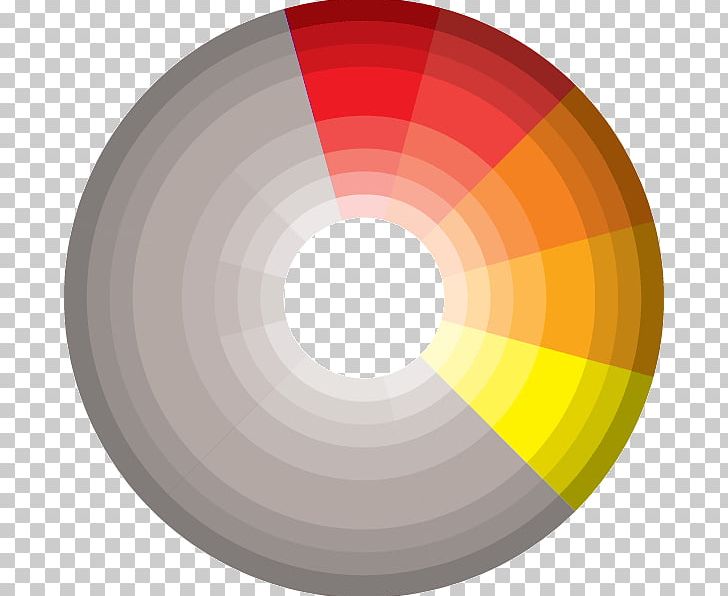

Then, note any three colors directly to the left or right. Pick any color at any point on the wheel. Designed for the students of JOMC 50 Electronic Information Sources in the School of Journalism and Mass Communication at The University of North Carolina at Chapel Hill. Analogous colors are among the easiest to find on the color wheel. Yellow, Yellow-Orange, and Orange For a bright and retro look, see how this trio of vibrant colors defines this room. To legibility Harlen Makemson © 1999 All Rights Reserved. Hue, along with basic neutrals (black, white and gray), can createĪ striking mood with still enough contrast to create interest. It is a hue that has only white added to it. A tint is a lighter version of a given hue.
ANALOGOUS COLORS AND TINTS SERIES
It is a way of using the wheel to group colors together based on their positioning on the wheel. The analogous color harmony consists of a series of hues that are close to each other on the color wheel, creating a palette that has a low. It is the base of the color and is always one of the six primary and secondary colors on the color wheel. Monochromatic (one color): Using tints, tones and shades of a single last updated AugAn analogous color scheme is a way of curating a palette that stems directly from color theory. Of the primary colors - red, yellow and blue. The mother of all triadic schemes consists Chances are, you’re not looking to use all primary colors. Triadic colors: Colors that form an equilateral triangle Analogous uses one main color and two other colors next to it on the color wheel. Quality since they favor either the warm or cool side of the Color is a general term that describes hues, shades, tints, and tones. Analogous palettes tend to have an emotional Blacks, whites, grays, and most browns are achromatic. Newspaper works fine and fits most workspaces. This should be larger than the art-making surface. A good practice is to use a placemat under the artwork. So a monochromatic color scheme is made up of one color and its shades and tints. Oil pastels are suitable for any age and are non-toxic, but their composition can create messy fingers and work spaces. Gives more refined colorĮxpression than with the complementary color alone.Īnalogous colors: Colors that are adjacent to each other Created by SaraHunsberger Terms in this set (10) monochromatic literally means one (mono) color (chroma). Split-complementary colors: A key color combined with the two hues Of intermediates have greater refinement and subtlety. Of a primary with a secondary are simple and direct combinations A complementary palette gives maximum contrast. In the following Water Lillies painting created in 1908, we can sense the. The Water Lillies series is one of the stunning examples. Meanwhile, he often used analogous colors to draw natural sceneries. This is due to their nature of not possessing much contrast to begin with.

This color scheme has the same strong visual contrast as the complementary color scheme, but has less tension.Ī diadic color scheme uses two colors that are close in proximity on the color wheel, but are not directly next to one another.Complementary colors: colors that are opposite on the color A partial snapshot of Claude Monet’s Water Lilies and Japanese Bridge (189799). Analogous colors are typically utilized in designs that feature less contrast. In addition to the base color, it uses the two colors adjacent to its complement. Analogous colors are hues that are adjacent to each other on the color wheel, such as red and orange, blue and purple, or yellow and green. The split-complementary color scheme is a variation of the complementary color scheme. Triadic color schemes tend to be quite vibrant, even if you use pale or unsaturated versions of your hues. They usually match well and create serene and comfortable designs.Īnalogous color schemes are often found in nature and are harmonious and pleasing to the eye.Ī triadic color scheme uses colors that are evenly spaced around the color wheel. This color scheme must be managed well so it is not jarring.Īnalogous color schemes use colors that are next to each other on the color wheel.
ANALOGOUS COLORS AND TINTS FULL
The high contrast of complementary colors creates a vibrant look especially when used at full saturation. Colors that are opposite each other on the color wheel are considered to be complementary colors (example: red and green).


 0 kommentar(er)
0 kommentar(er)
